According to Live Science, while examining a canal off the Mediterranean coast of Egypt, archaeologists from the European Institute for Underwater Archaeology (IEASM) discovered a submerged temple.
When excavating the temple, they found a number of treasures, including silver ritual tools, gold jewelry and alabaster containers once used to store perfume or ointments.
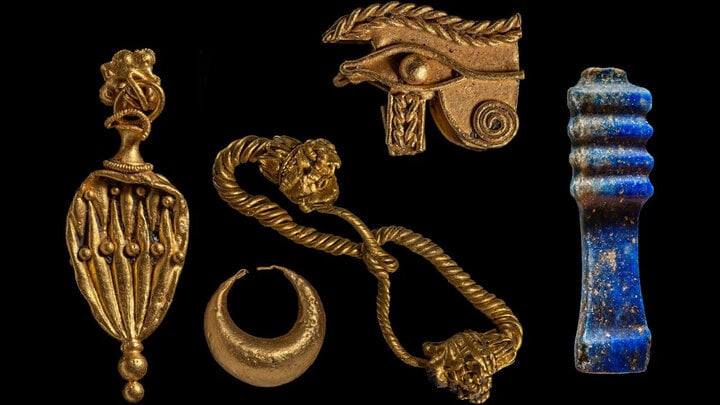
Scientists found a number of treasures including silver ritual tools and gold jewelry. (Photo: Live Science)
Scientists say this was the temple of Amun - where pharaohs came "to receive their title of power as universal kings from the supreme god of the ancient Egyptian pantheon". The temple collapsed in a great flood that took place in the middle of the second century BC.
These discoveries were made thanks to the development and use of new geophysical exploration technologies, which can detect cavities and objects “buried under several metres of clay,” according to the IEASM.
Additionally, they found east of the Amun temple a Greek sanctuary dedicated to Aphrodite which was found to contain bronze and ceramic objects.
This proves that the Greeks who were allowed to trade and settle in the city during the time of the Pharaohs of the Saïte dynasty (664 - 525 BC) had sacred places reserved for them.
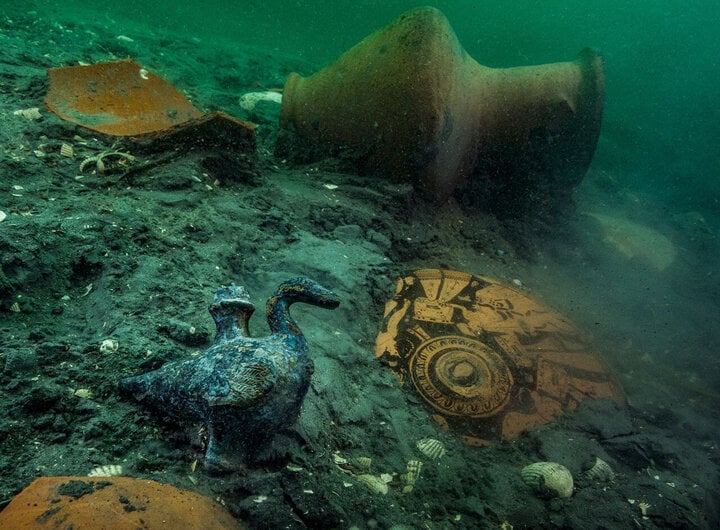
They also found a Greek sanctuary dedicated to Aphrodite east of the Amun temple, which was found to contain bronze and ceramic objects. (Photo: Live Science)
The discovery of some Greek weapons also helped experts determine the existence of Greek mercenaries in the area. According to scientists, they guarded the entrance to the kingdom at the mouth of the Canopic branch of the Nile - the largest and most navigable branch of the river.
In addition to the above artifacts, the archaeological team also discovered underground structures "supported by very well-preserved wooden columns and beams dating from the 5th century BC".
The excavations were carried out jointly by a team of experts from IEASM and the Underwater Archaeology Commission of the Egyptian Ministry of Tourism and Antiquities.
Quoc Thai (Source: Live Science)
Source



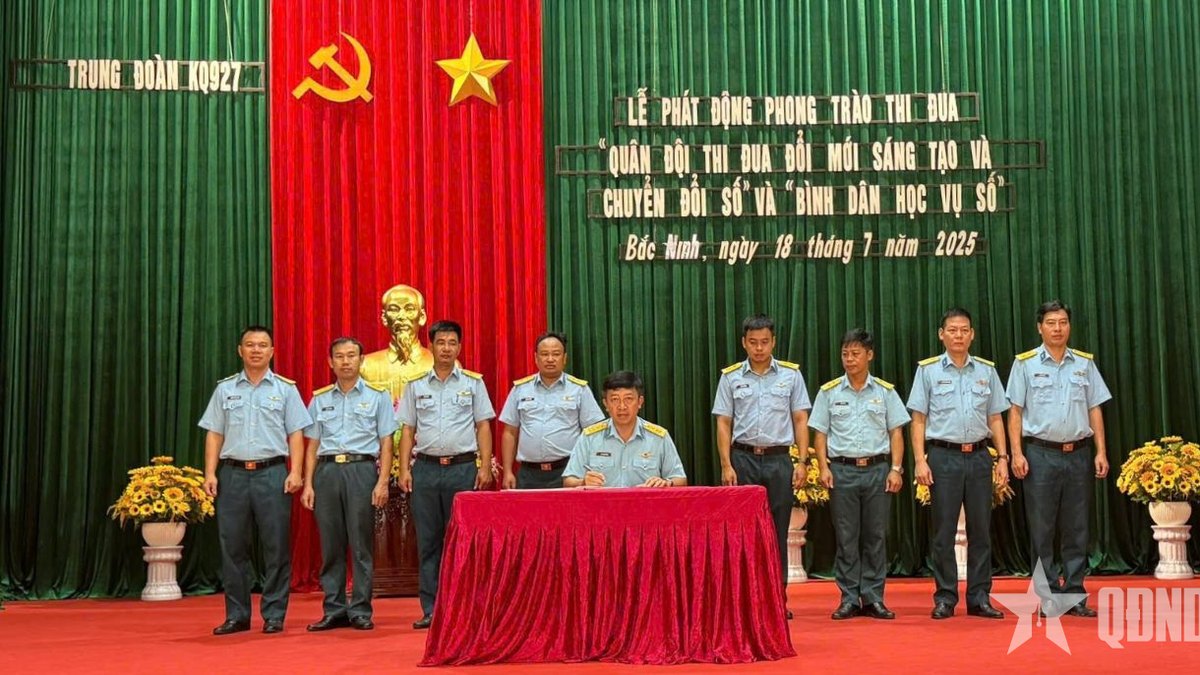





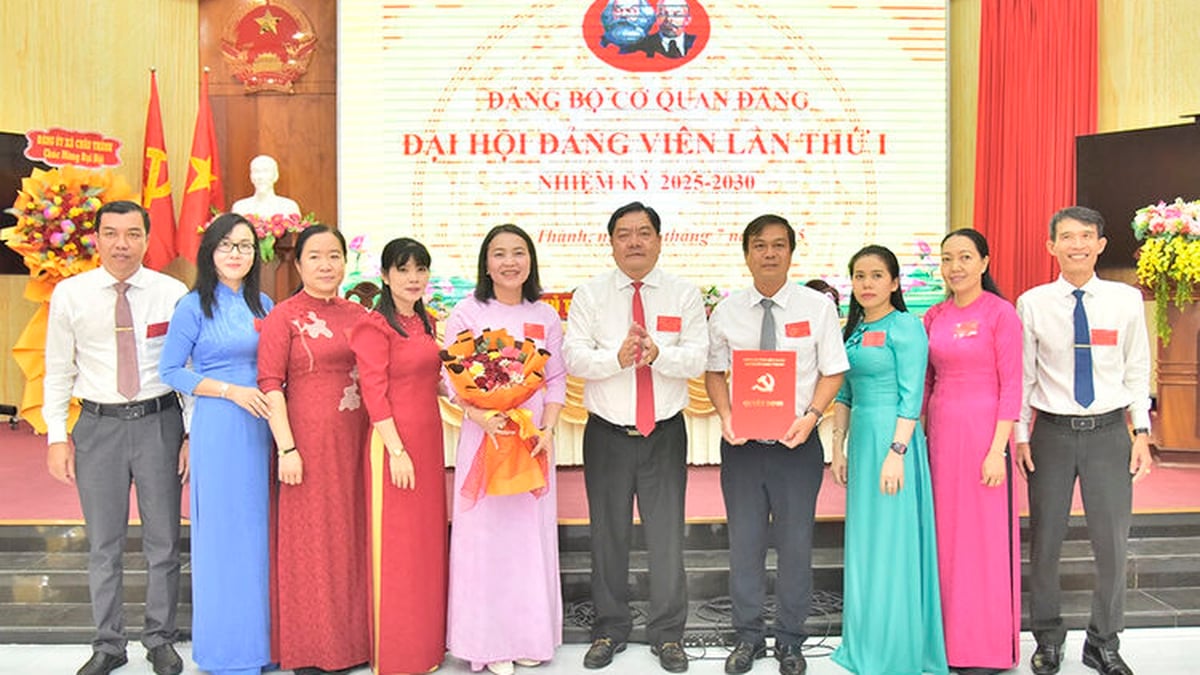
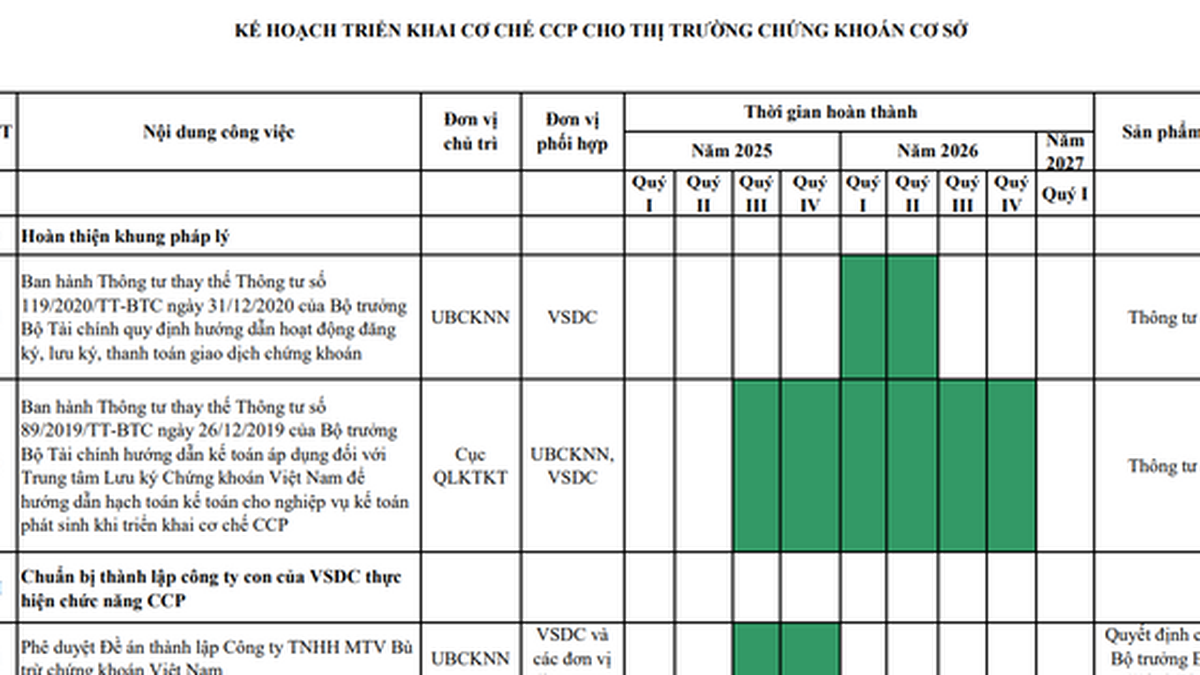













































































![[Infographic] In 2025, 47 products will achieve national OCOP](https://vphoto.vietnam.vn/thumb/402x226/vietnam/resource/IMAGE/2025/7/16/5d672398b0744db3ab920e05db8e5b7d)













Comment (0)